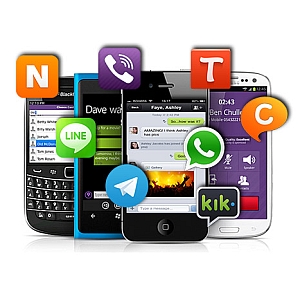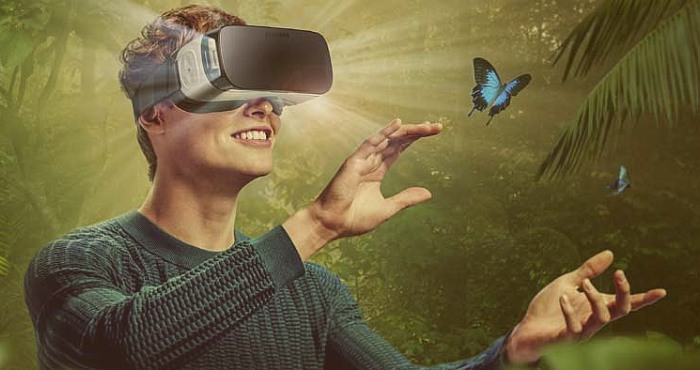Recent report by Goldman Sachs, an investment bank, made the predictions that in 10 years’ time Virtual Reality Hardware would be an $80 billion dollar industry. It makes the assumption that adoption will be slow in comparison to those of tablets and smartphones. It further noted that price points will decline as technology advances.
Whereas the conversion around Augmented Reality (AR) and Virtual Reality (VR) mainly focuses on video and gaming entertainment, the report by Goldman has theorized that their use will account for not more than half of the market of software.
Through the combination of two-dimensional, analog ways of doing work with experiences in mixed-reality, we will be able to transform our ability to create, collaborate, and communicate. The main challenge for the businesses will be the provision of a more valuable experience rather than a more immersive experience.
Communication Modalities
There has been a perpetual disruption of how people communicate at the workplace with the perpetual technological advancements. It is evident that the telegraph put out message carriers, while the internet disrupted the telephone. Moreover, screen-share-enabled communications systems that are unified and VoIP Video Conferences are the current replacements for the great-old-fashioned conferences.
Mixed reality has got the capabilities to allow for a global workforce of remote teams who will work together and handle business challenges in organizations. Most of the digital communication that are carried out across the internet always do not have the body, facial, and verbal language cues that are inherent in face-to-face communications. Although, the reach of the media and messages at our disposal like articles, gifs, memes, videos, and photos among others has undeniably made it a medium of value and allure. Instead of calling each of your friends over the phone and tell them you will be having a concert, you can just post it on the social media and let them know at once.
Mixed experiences, augmented, and virtual experiences, which exist at the intersection of our digital and physical worlds will bring about the humanity of the face-to-face conversations back into our communication. In simple terms, hybrid reality, or mixed reality, merge virtual and real worlds so as to produce new environments where digital and physical objects interact and co-exist in the real time.
The Future
The main image that is brought behind by this experience is an improved collaboration. Mixed reality has got the potential that will allow a global workforce of teams that are remotely located to work together and also tackle the business challenges.

